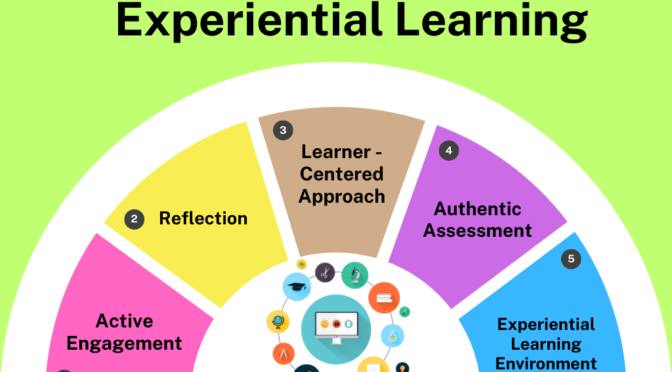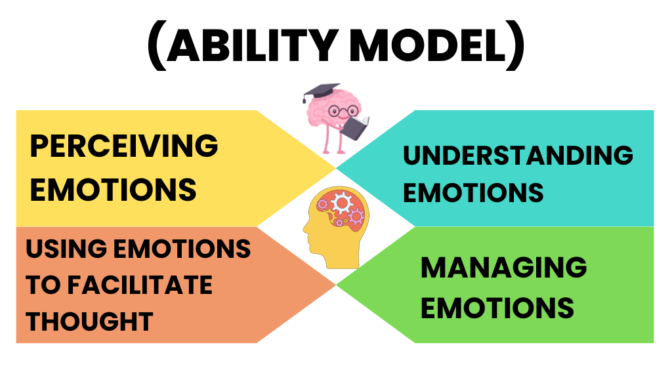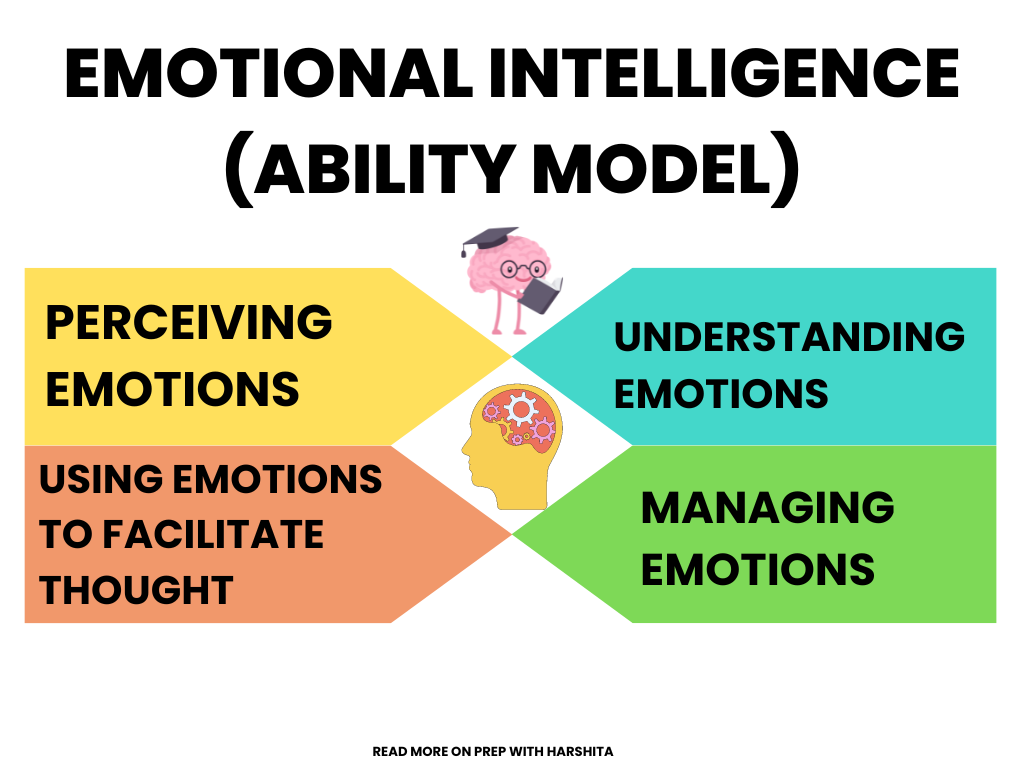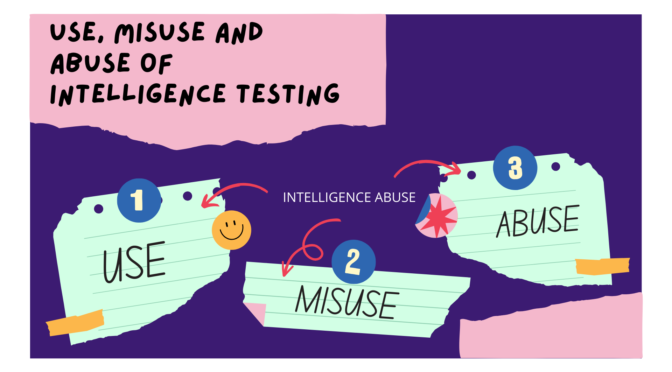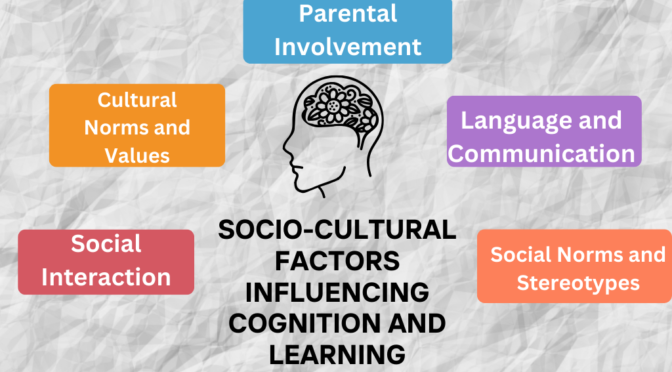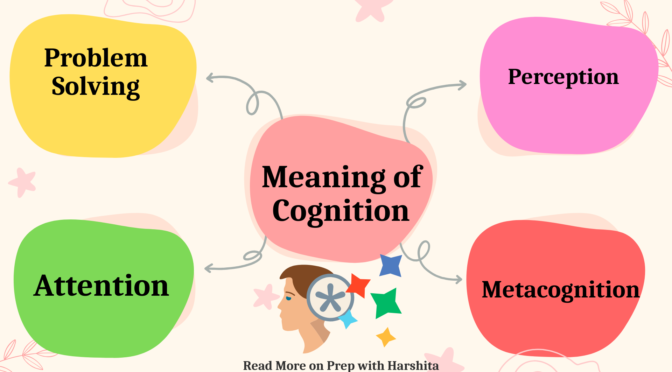Experiential learning is an educational approach that emphasizes hands-on, active engagement with learning materials and concepts. It involves learning through direct experience, reflection, and application. This approach contrasts with traditional forms of learning that often rely heavily on lectures, readings, and passive absorption of information.
Experiential learning is based on the philosophy that learners acquire knowledge more effectively when they actively participate in the learning process and make connections between theory and practice.
Concept and Features of Experiential Learning:
Active engagement: Learners actively engage with the subject matter through hands-on activities, experiments, projects, or simulations. This active involvement promotes deeper understanding and retention of knowledge.
Reflection: After engaging in a learning experience, learners are encouraged to reflect on their observations, thoughts, and feelings. Reflection helps learners make sense of their experiences, identify patterns, and extract meaningful insights.
Read more on the next page.
Also Visit: Prep with Harshita

